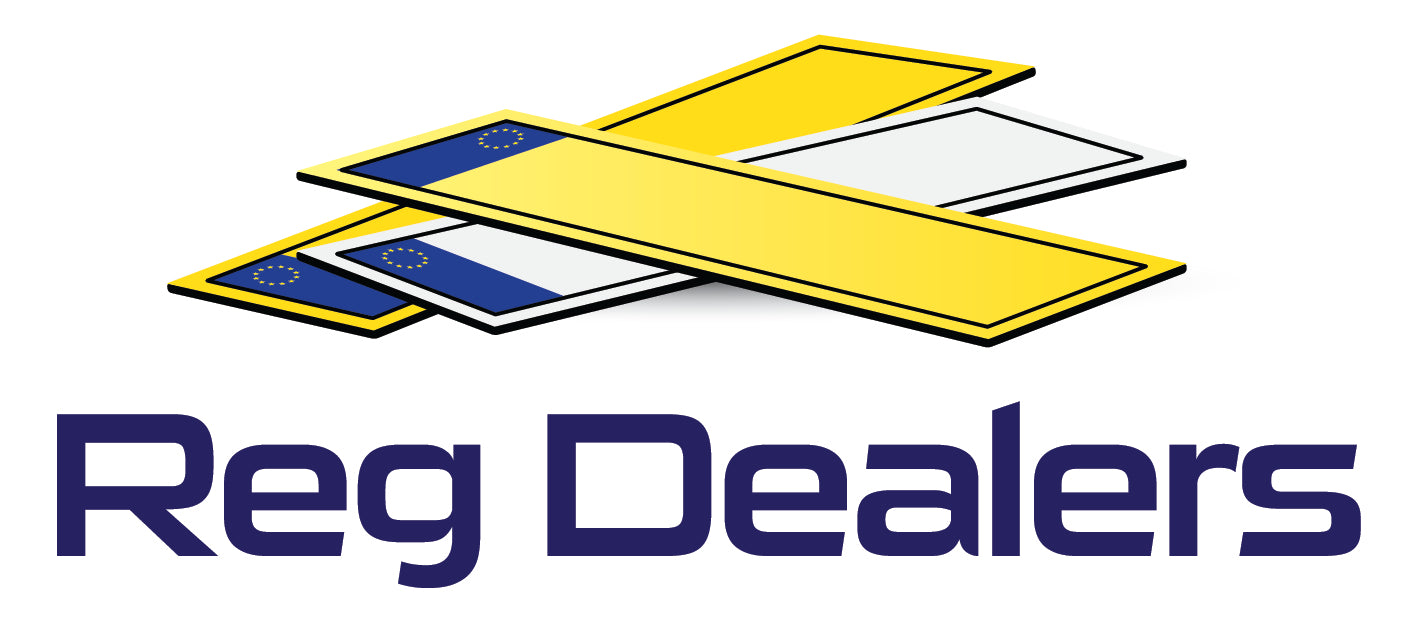Number plates are a crucial aspect of any vehicle. They not only help in identifying the vehicle but also add a touch of personalisation to it. In the UK, there are several styles and formats of number plates that are used. In this blog, we will take a closer look at the different types of number plates, their formats and styles, and what they represent.
Current Style Number Plates:
The current style number plates are the most commonly used number plates in the UK. They were introduced in 2001 and consist of 2 letters, 2 numbers and then 3 letters. The first two letters of the current style number plate represent the region where the vehicle was registered, while the last three letters are randomly assigned. The numbers in the middle are used to identify the age of the vehicle.
Prefix Style Number Plates:
Prefix style number plates were used prior to 2001. They consist of 1 letter, 1-3 numbers, and then 3 letters. The first letter in the prefix style number plate represents the age of the vehicle. The letter 'A' was used for vehicles registered in 1983, while 'Y' was used for vehicles registered in 2001.
Suffix Style Number Plates:
Suffix style number plates were used prior to 1983. They consist of 3 letters, 1-3 numbers, and then 1 letter. The last letter in the suffix style number plate represents the age of the vehicle. 'A' was used for vehicles registered in 1963, while 'Y' was used for vehicles registered in 1983.
Dateless Style Number Plates:
Dateless style number plates are popular because they can be assigned to any age vehicle. They are made up of a group of up to 3 letters and up to 3 numbers. The number of letters and numbers can vary, with some number plates having fewer letters or numbers, making them more exclusive or rare.
Northern Irish Style Number Plates:
Northern Irish style number plates are considered to be in the 'dateless' category as they can be assigned to any vehicle, regardless of its age. They have their own format, which consists of 1, 2, 3, or 4 numbers, paired with a block of letters that always contain an 'I' or 'Z'. These number plates are highly sought after because they are unique and not commonly seen on the roads in the UK.
Number plates are an essential part of any vehicle. They not only help in identifying the vehicle but also add a touch of personalisation. In the UK, there are several styles and formats of number plates that are used, including the current, prefix, suffix, dateless, and Northern Irish styles. Each style has its own unique format and represents a specific era in the history of number plates. By understanding the different styles and formats of number plates, you can choose the right one for your vehicle and add a touch of personalisation to it.

